
- 1. Introduction: Why Drain Your Water Heater Before Moving?
- 2. Step-by-Step Guide to Safely Draining Your Water Heater
- 3. Helpful Tips for a Smooth Water Heater Drainage
- 4. When to Call a Professional
- 5. How to Prepare for Moving a Water Heater
1. Introduction: Why Drain Your Water Heater Before Moving?
Draining a water heater before moving is a crucial step to ensure both the safety of the appliance and the people involved. Whether you're relocating to a new home or upgrading to a newer model, draining your water heater helps prevent water damage, mold growth, and ensures the unit is ready for transport. In this article, we’ll walk you through the process of safely draining a water heater and provide tips for a hassle-free move.
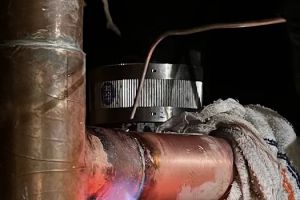
Make It Right Services
Los AngelesLos Angeles CountyCalifornia
609 W Colden Ave, Los Angeles, CA 90044, USA
2. Step-by-Step Guide to Safely Draining Your Water Heater
Follow these detailed steps to safely drain your water heater before moving:

Edwards Plumbing, Heating, & Cooling Inc.
612 River St, Grand River, OH 44045, USA
Step 1: Turn Off the Power
Before you begin, it’s important to disconnect your water heater from its power source. If you have an electric water heater, turn off the power at the circuit breaker. For gas water heaters, set the thermostat to "off" to stop the gas supply. This prevents any risk of electrical shock or fire hazard while draining the unit.
Step 2: Turn Off the Water Supply
Next, locate the cold water supply valve and turn it off. This will prevent any more water from entering the tank while you're draining it.
Step 3: Attach a Hose to the Drain Valve
At the bottom of the water heater, you’ll find a drain valve. Attach a hose to the valve to direct the water into a suitable drainage location, such as a floor drain or outside. Ensure the hose is securely attached to prevent leaks during the draining process.
Step 4: Open the Drain Valve
Once the hose is in place, open the drain valve. This will allow the water to flow out of the tank. It’s a good idea to also open a hot water faucet in the house to allow air to enter the tank, which will help the water drain more quickly and efficiently.
Step 5: Flush the Tank (Optional)
After most of the water has drained, you can flush the tank to remove any remaining sediment or mineral buildup. To do this, briefly turn the cold water supply back on to allow a small amount of water to flow into the tank and stir up any sediment. Let it drain again until the water runs clear.
Step 6: Close the Drain Valve and Disconnect the Hose
Once the tank is completely drained and flushed, close the drain valve and disconnect the hose. Your water heater is now fully drained and ready for moving or maintenance.
3. Helpful Tips for a Smooth Water Heater Drainage
Here are some additional tips to ensure the process goes smoothly:
1. Use a Towels or Rags to Absorb Any Spilled Water
Even with the hose in place, you might experience some water spillage when opening or closing the valve. Keep a towel or rag nearby to quickly mop up any water to avoid damage to your flooring or surrounding areas.
2. Have a Helper on Hand
If your water heater is large or located in a tight space, it may be helpful to have a friend or family member assist you during the process. Having an extra pair of hands can make the job much easier.
3. Ensure the Drain Hose Is Properly Positioned
Check that the drain hose is sloping downward toward the drain to avoid any water backups. If the hose is positioned incorrectly, the water might not flow out properly, and you could experience a mess.
4. Regularly Check for Leaks
After draining your water heater, it's a good practice to check the drain valve and hose connection for any leaks. Tighten the valve or hose connection if necessary.
4. When to Call a Professional
While draining a water heater is generally straightforward, there are instances when it’s best to call a professional:
1. Difficulty Accessing the Drain Valve
If the drain valve is difficult to access or if it's located in an inconvenient area, a plumber can help safely perform the draining for you.
2. If You Encounter Sediment Buildup
If your water heater is heavily sedimented or you notice issues with the water flow, a professional can perform a more thorough cleaning and prevent future problems.
3. When Disconnecting the Water Heater
If you're unsure about safely disconnecting and moving the water heater, it’s best to rely on a licensed plumber to handle the job. This ensures your water heater and plumbing system are not damaged during the move.
5. How to Prepare for Moving a Water Heater
Once your water heater is drained and ready for transport, here are some steps to ensure the move goes smoothly:
1. Secure the Water Heater
Make sure the water heater is securely strapped or wrapped for the move. This will help prevent damage to the unit during transport.
2. Protect Your Floors
Use a moving blanket or other protective material under the water heater to avoid damaging your floors while moving it out of the house.
3. Transporting the Water Heater
If you're moving the water heater yourself, use a dolly or hand truck to safely transport it to the new location. Ensure it’s positioned upright during transit.
By following these steps, you can safely drain and move your water heater with minimal risk. If you're ever in doubt or prefer to leave the job to a professional, don’t hesitate to contact a licensed plumber for assistance. For more information and tools to help with plumbing tasks, visit Plumbers Supply Hub for the best products and services.

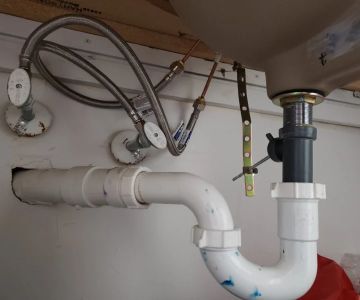
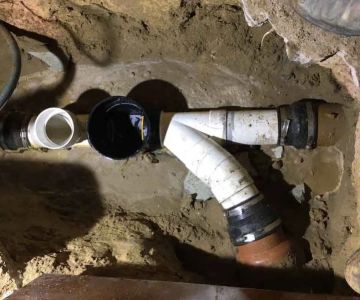
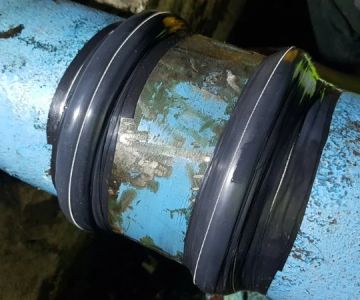

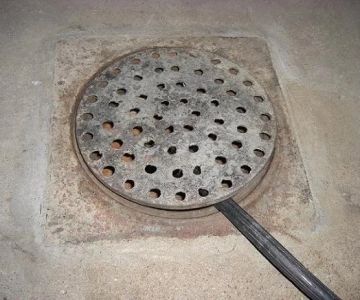

 Sunderland Plumbing4.0 (2 reviews)
Sunderland Plumbing4.0 (2 reviews) Drain Doctor LLC3.0 (4 reviews)
Drain Doctor LLC3.0 (4 reviews) Ringler Plumbing Heating & Elec4.0 (6 reviews)
Ringler Plumbing Heating & Elec4.0 (6 reviews) Toolcity Plumbing4.0 (26 reviews)
Toolcity Plumbing4.0 (26 reviews) Gggarcia Plumbing inc3.0 (4 reviews)
Gggarcia Plumbing inc3.0 (4 reviews)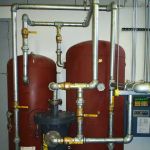 Nova Plumbing Co3.0 (2 reviews)
Nova Plumbing Co3.0 (2 reviews) How to Replace a Plumbing Vent Cap on the Roof | Plumbers Supply Hub
How to Replace a Plumbing Vent Cap on the Roof | Plumbers Supply Hub Pros and Cons of Tankless vs Traditional Water Heaters
Pros and Cons of Tankless vs Traditional Water Heaters How to Locate Hidden Water Leaks in Walls or Ceilings: Tips for Homeowners
How to Locate Hidden Water Leaks in Walls or Ceilings: Tips for Homeowners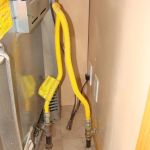 How to Replace a Fuel Line in a Gas Appliance
How to Replace a Fuel Line in a Gas Appliance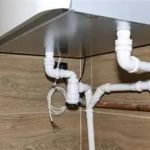 How to Repair a Condensation Issue on Cold Pipes
How to Repair a Condensation Issue on Cold Pipes How to Replace a Faulty Pressure Relief Valve: Step-by-Step Guide for Homeowners
How to Replace a Faulty Pressure Relief Valve: Step-by-Step Guide for Homeowners